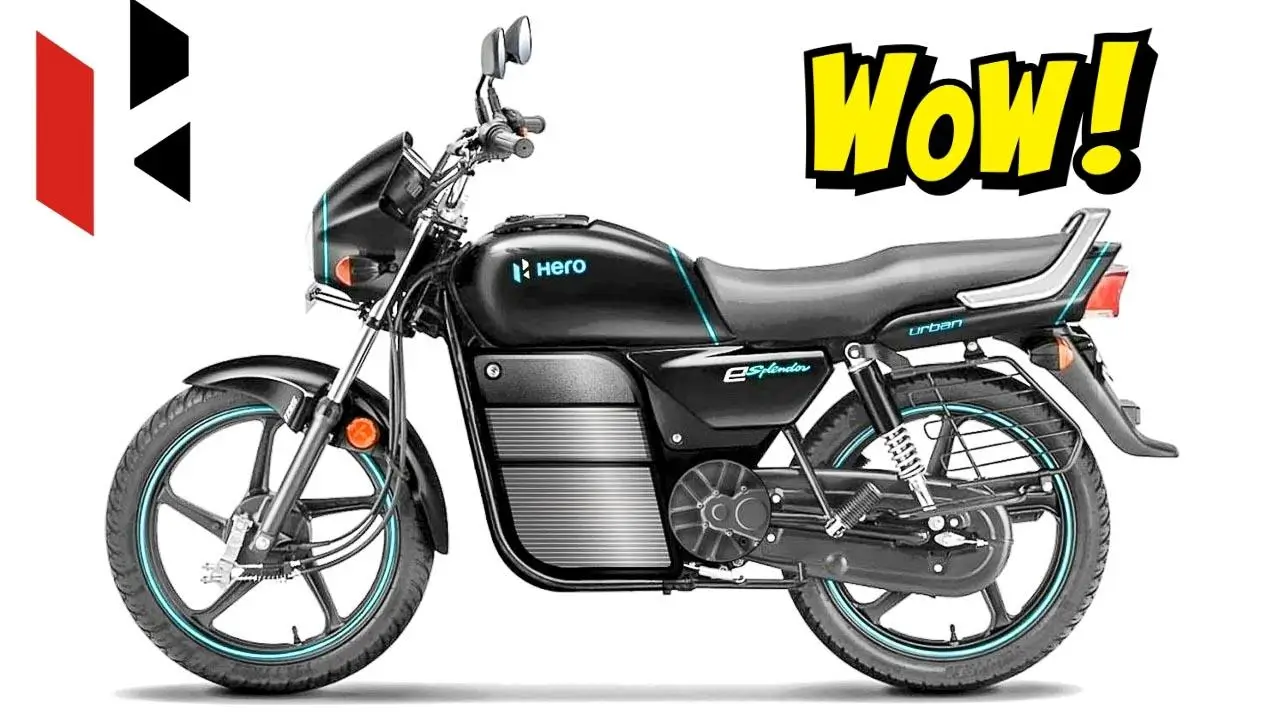If you’ve ever thought about making small changes for a more sustainable lifestyle, now is the perfect time to start. Sustainable swaps can help reduce your environmental impact and lead to a healthier planet. From eco-friendly alternatives to energy-saving choices, these swaps are simple to incorporate into your daily routine. The great news is, you don’t need to make drastic changes right away. With just a few sustainable swaps today, you can start seeing positive results and feel good about the choices you make. So, why wait? Let’s dive into sustainable swaps that you can begin right away, making your life and the planet a little greener.
With increasing environmental concerns and a growing demand for sustainable solutions, it’s essential to start thinking about how we can incorporate sustainable swaps into our daily habits. Whether you’re looking to reduce plastic waste, save energy, or cut down on unnecessary consumption, these practical swaps will help you make a positive impact. Let’s explore how you can make simple, sustainable changes that are both easy and effective.

These 10 easy-to-implement sustainable swaps will help you live more consciously without compromising your lifestyle. From reusable bottles to energy-efficient lighting, making the switch to a more eco-friendly routine is easier than you think. Here’s how to get started.
10 Simple Sustainable Swaps for Your Daily Routine
| Sustainable Swap | Description | Benefits |
|---|---|---|
| Reusable Water Bottles | Use a durable, refillable water bottle instead of single-use plastic bottles. | Reduces plastic waste, saves money |
| Cloth Bags for Groceries | Replace plastic bags with reusable cloth bags when shopping. | Cuts down on plastic pollution |
| Composting Kitchen Scraps | Start composting food scraps instead of throwing them away. | Reduces landfill waste, enriches soil |
| Energy-Efficient Light Bulbs | Swap incandescent bulbs for energy-efficient LED bulbs. | Saves energy, reduces electricity bills |
| Eco-Friendly Cleaning Products | Choose cleaning products that are non-toxic and biodegradable. | Reduces harmful chemicals in the environment |
| Digital Subscriptions | Switch to digital subscriptions instead of printed magazines/newspapers. | Reduces paper waste, saves trees |
| Sustainable Fashion | Opt for clothing made from eco-friendly materials or shop second-hand. | Reduces textile waste, supports ethical brands |
| Reusable Coffee Cups | Use a reusable coffee cup instead of disposable cups and lids. | Cuts down on single-use items |
| Public Transport or Biking | Use public transport or a bike instead of driving. | Reduces carbon emissions, saves money |
| Buy in Bulk | Purchase bulk items instead of individually packaged goods. | Reduces packaging waste |
Reusable Water Bottles
When it comes to sustainable swaps, using reusable water bottles is one of the easiest and most impactful changes you can make. Plastic water bottles contribute to an overwhelming amount of waste, and switching to a refillable bottle can significantly reduce your environmental footprint. Not only will you help curb the demand for single-use plastics, but you’ll also save money in the long run. Brands like Hydro Flask and S’well make durable, insulated bottles that keep your drinks cool or warm for hours. It’s a simple swap that can make a big difference in the amount of plastic waste you create.
Cloth Bags for Groceries
If you’re still using plastic bags at the store, now is the time to switch to cloth bags for groceries. Every year, billions of plastic bags are used, and many of them end up polluting our oceans and harming wildlife. By bringing your own cloth bags when you shop, you can eliminate this unnecessary waste. Not only are cloth bags sturdier, but they’re also easy to fold and carry around, so you’ll never find yourself without one when you need it most. Plus, many stores now offer discounts for customers who bring their own bags, so it’s a win-win for both the planet and your wallet.
Composting Kitchen Scraps
Another easy sustainable swap is composting your kitchen scraps instead of throwing them away. Food waste is a significant contributor to landfill overflow, and when organic waste decomposes in a landfill, it releases harmful methane gas into the atmosphere. Composting allows food scraps like fruit peels, coffee grounds, and vegetable trimmings to break down naturally and return nutrients to the soil. It’s a small change that can make a big difference. Plus, composting can improve the health of your garden soil, creating a sustainable loop in your home.
Energy-Efficient Light Bulbs
One of the most immediate sustainable swaps you can make is replacing incandescent light bulbs with energy-efficient LED bulbs. LED bulbs use significantly less energy, last longer, and save you money on your electricity bills. By making this switch throughout your home, you can significantly reduce your energy consumption, helping to conserve resources and lower your carbon footprint. Energy-efficient lighting is an easy and effective way to make a noticeable impact.
Eco-Friendly Cleaning Products
The cleaning products you use in your home can have a big environmental impact, especially if they contain harmful chemicals or come in excessive plastic packaging. By choosing eco-friendly cleaning products, you reduce your exposure to toxic substances and minimize the number of chemicals released into the environment. Many brands now offer biodegradable, non-toxic alternatives that are just as effective as traditional cleaners. You can also make your own cleaning solutions using ingredients like vinegar, baking soda, and essential oils for a truly eco-friendly approach.
Digital Subscriptions
With the rise of digital media, switching to digital subscriptions instead of paper magazines or newspapers is a simple, sustainable choice. Not only does this reduce paper waste, but it also helps you stay up-to-date with your reading without the need for physical copies. Most publications offer digital-only versions, and by switching to a digital subscription, you’re helping to conserve trees and cut down on the environmental costs of printing and shipping.
Sustainable Fashion
The fashion industry is notorious for its environmental impact, especially when it comes to fast fashion. A sustainable fashion swap involves choosing clothing made from eco-friendly materials or purchasing second-hand items. Many fashion brands now focus on using organic fabrics, recycled materials, and ethical production processes. Second-hand shopping is another great way to contribute to a more sustainable wardrobe while saving money. By making more mindful fashion choices, you can significantly reduce the environmental footprint of your clothing.
Reusable Coffee Cups
For coffee lovers, reusable coffee cups are a must-have sustainable swap. Disposable coffee cups and lids contribute a significant amount of waste every year. By investing in a durable, reusable coffee cup, you can avoid the need for single-use cups. Plus, many coffee shops offer discounts for customers who bring their own cups, so it’s an easy way to save money while being more eco-conscious.
Public Transport or Biking
When it comes to getting around, public transport or biking are two of the most eco-friendly options available. Cars are a major source of carbon emissions, so reducing your dependence on them can have a significant impact on your environmental footprint. If possible, consider using public transportation, cycling, or even walking for shorter trips. These alternatives not only help reduce emissions but also offer health benefits by keeping you active.
Buy in Bulk
Another simple way to make a sustainable swap is to buy in bulk. Purchasing bulk items instead of individually packaged goods can significantly reduce packaging waste. Many stores now offer bulk bins for grains, nuts, spices, and other products. By using your own reusable containers, you can cut down on plastic and paper packaging. Plus, buying in bulk often saves you money in the long run.
Upgrade Your Desk: 10 Essentials for Your Eco-Friendly Stationery Kit
FAQs
2. How can I start composting at home?
To start composting at home, create a compost bin in your backyard or use a composting system in your kitchen. Add food scraps like fruit and vegetable peels, coffee grounds, and eggshells. Avoid adding dairy or meat products. Over time, these materials will break down into nutrient-rich compost.
3. How much energy can I save by using LED bulbs?
LED bulbs use up to 80% less energy compared to traditional incandescent bulbs, and they last about 25 times longer. This means significant savings on your electricity bill over time, while also reducing your overall energy consumption.
4. Can I really save money with sustainable swaps?
Yes! Many sustainable swaps, like using reusable water bottles, cloth bags, and energy-efficient light bulbs, can help you save money in the long run. While the initial investment may cost a little more, the savings from reduced waste and energy use will add up.
5. What is the best sustainable fabric for clothing?
Organic cotton, hemp, and Tencel are some of the best sustainable fabrics. These materials are biodegradable, require fewer resources to produce, and have a smaller environmental footprint compared to conventional fabrics like polyester or nylon.

















